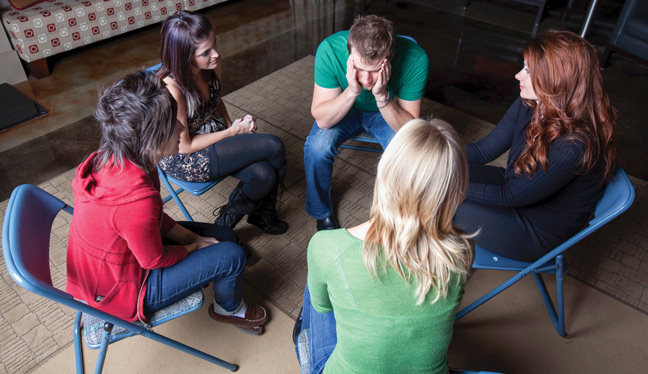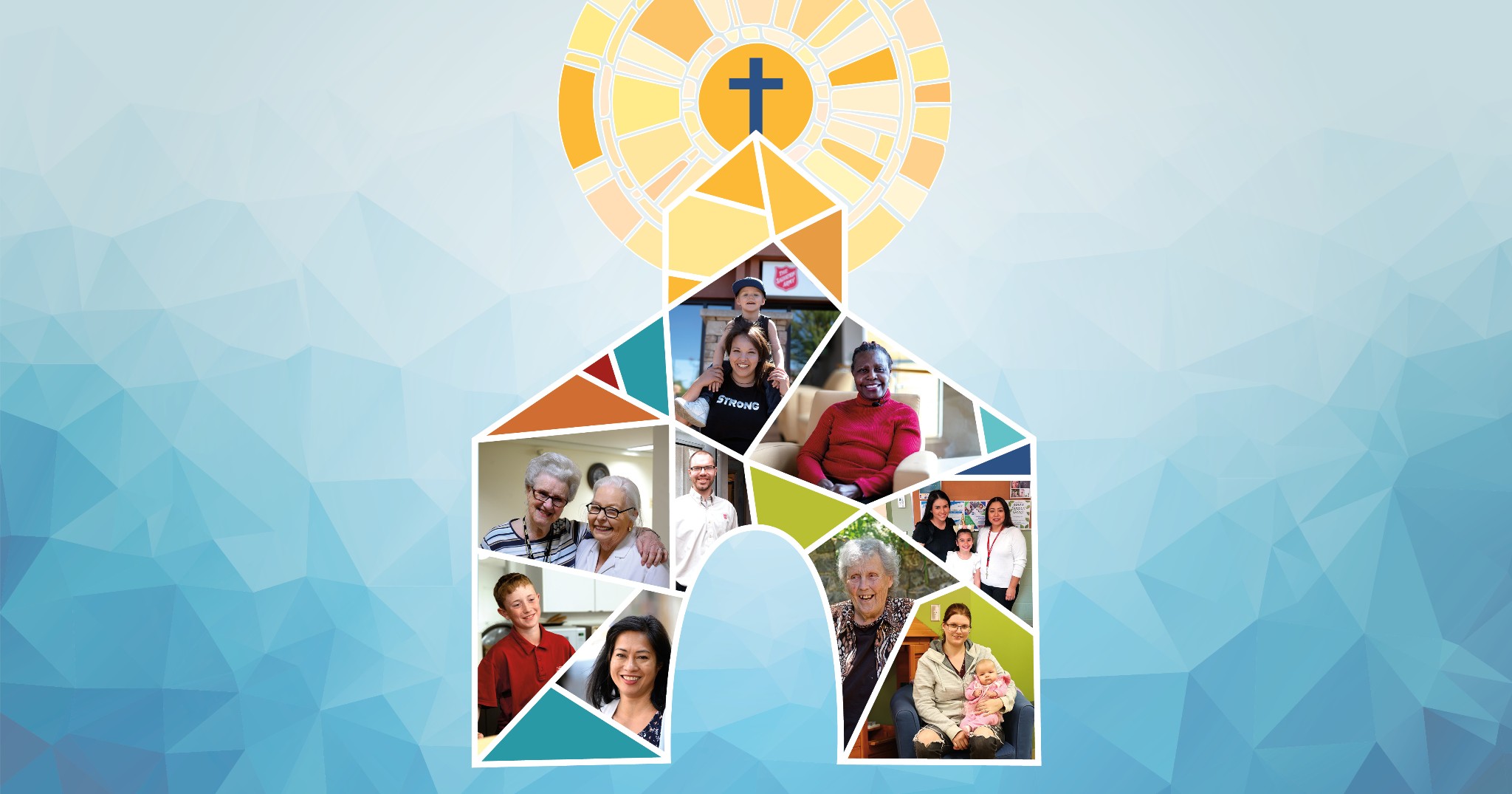A few weeks later, the custodian, the 14-year-old boy responsible for the graffiti and members of the community met in a restorative justice circle, a process that gives everyone involved in a conflict the opportunity to tell their side of the story and discuss how the offender can make amends. “In the traditional criminal justice system, the emphasis is on punishment, with the hope that this will deter further deviant behaviour,” says Mary Catherine Garrod, a Salvation Army volunteer who facilitated the circle. “In restorative justice, the emphasis is on repairing the harm.”
This circle was part of a youth justice program established by the Ministry of the Attorney General as an alternative to formal court proceedings for low-risk offenders. Youth between 12 and 17 can be referred to the program by police, before charges are laid, or by the Crown, after charges have been laid but instead of court sentencing. The Salvation Army's correctional and justice services in London, Ont., runs the program in St. Thomas and Goderich, Ont.
“This program is rooted in biblical principles of forgiveness and restoration,” says Julia Parker, operational director of correctional and justice services in London. “It acknowledges the harm and holds the offender accountable while working to bring healing and transformation to broken relationships.”
Garrod became involved with restorative justice work after her daughter was killed in a hit-and-run accident. “People kept saying to me, you'll feel so much better once he's in jail,” she says. “But I needed to understand how he could kill two people and drive off. I needed conversation, and the court system doesn't allow for that.” Restorative justice gives victims a place to express how a crime has affected them, ask questions and have a voice in how the matter should be resolved.
Garrod facilitated one circle where a group of boys had slashed the tires on several cars. A victim explained the impact it had on his family when he was unable to take his ill wife to the hospital the next morning. “You could see the shift in their understanding—my actions have consequences that I hadn't considered,” says Garrod. “Nothing is more powerful than sitting in a very close circle with the people you've hurt and listening to how it's made them feel. There's something hugely transformative about that process, because it's something we so rarely do.”
At the same time, the circle provides a larger perspective on an offender. Matt Delaney, sports and recreation outreach co-ordinator at Northridge Community Church in Newmarket, Ont., first contributed to restorative justice circles at Bayview Secondary School in Richmond Hill, Ont. “Justice based on punishment says this is a bad person because they did a bad thing,” Delaney explains. “Restorative justice says this person isn't the sum of what they did—there's a bigger story to their life. They are people with pasts, people who have beautiful moments in their lives. When the offender speaks, it gives the victim a three-dimensional view.”
But understanding an offender's actions is not to excuse them. “It's definitely not about getting away with it. If anything, it's quite the opposite,” says Garrod. Restorative justice circles are voluntary, but as part of the process, the offender must accept responsibility and be accountable for their actions. They must fulfil the requirements of a circle agreement, decided by all of the parties involved. Examples of restitution include apology letters, reflection essays, financial compensation for loss or damage of property and community service hours. They may also be referred to other programs to help them learn how to make better choices.
When he represents the community in a circle, Delaney is able to follow up with the offender, to make sure their behaviour is changing and celebrate that change when it comes.
For Delaney, restorative justice offers the church a valuable opportunity. “It opens a doorway and a conversation that you don't often get,” he says. “As people with a message of grace and forgiveness—concepts that could very well be foreign—what better way than to enter the heart of conflict with people and lead a conversation about them, about the idea that forgiveness isn't just possible but is of great value? It's an incredible vessel.”
The boy who vandalized school property faced the custodian, his teacher and principal with his head down and eyes averted, ashamed. Before the circle, the custodian was extremely angry and frustrated, ready to lash out at him. But as he listened to the boy talk, his anger began to diffuse. “Communication provides understanding, and this, in turn, provides the opportunity for forgiveness and healing,” Garrod says. Expecting wrath and punishment, and instead receiving understanding and empathy, the boy's demeanor changed. “It was like he was rising back up.”










Leave a Comment